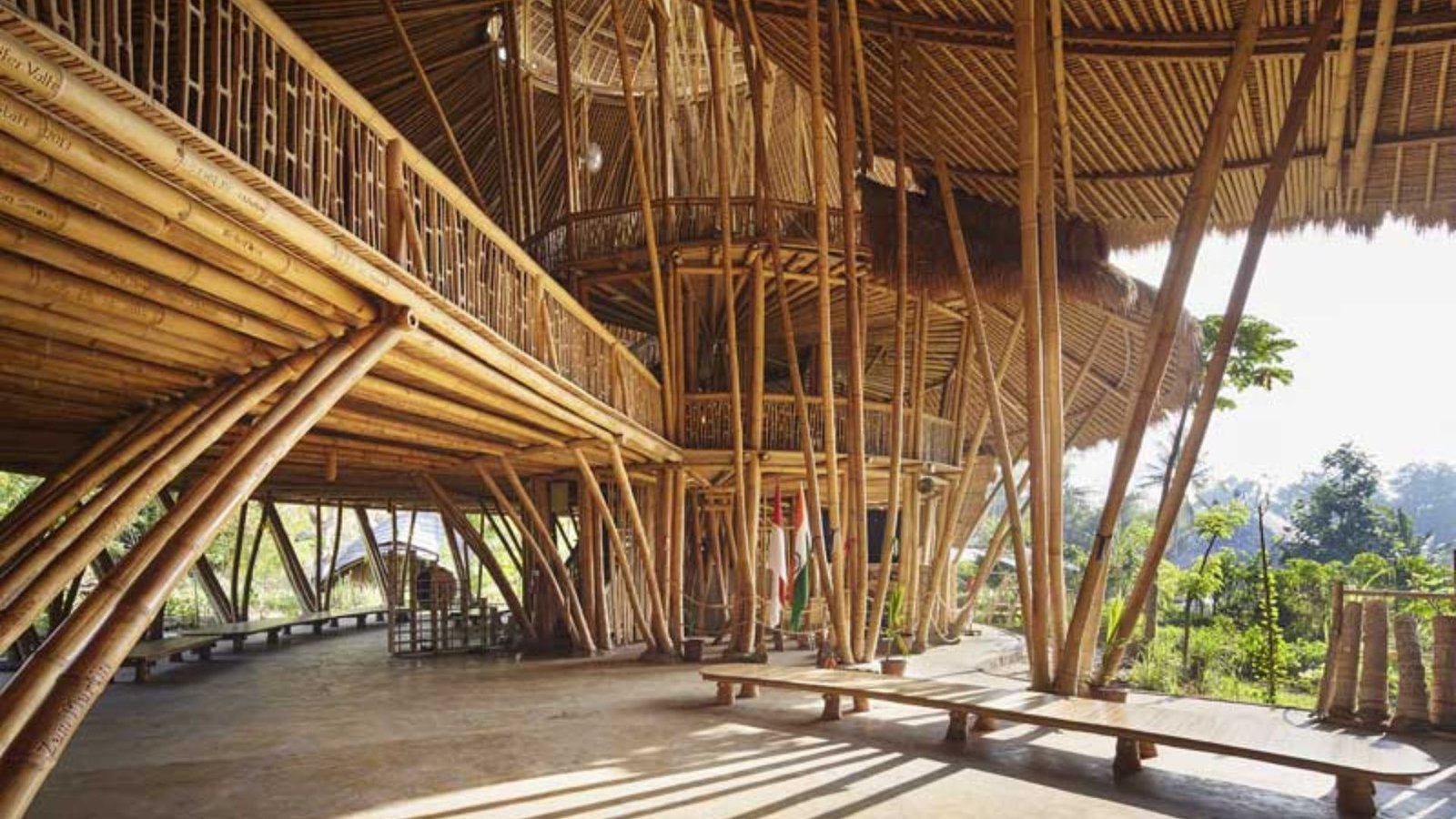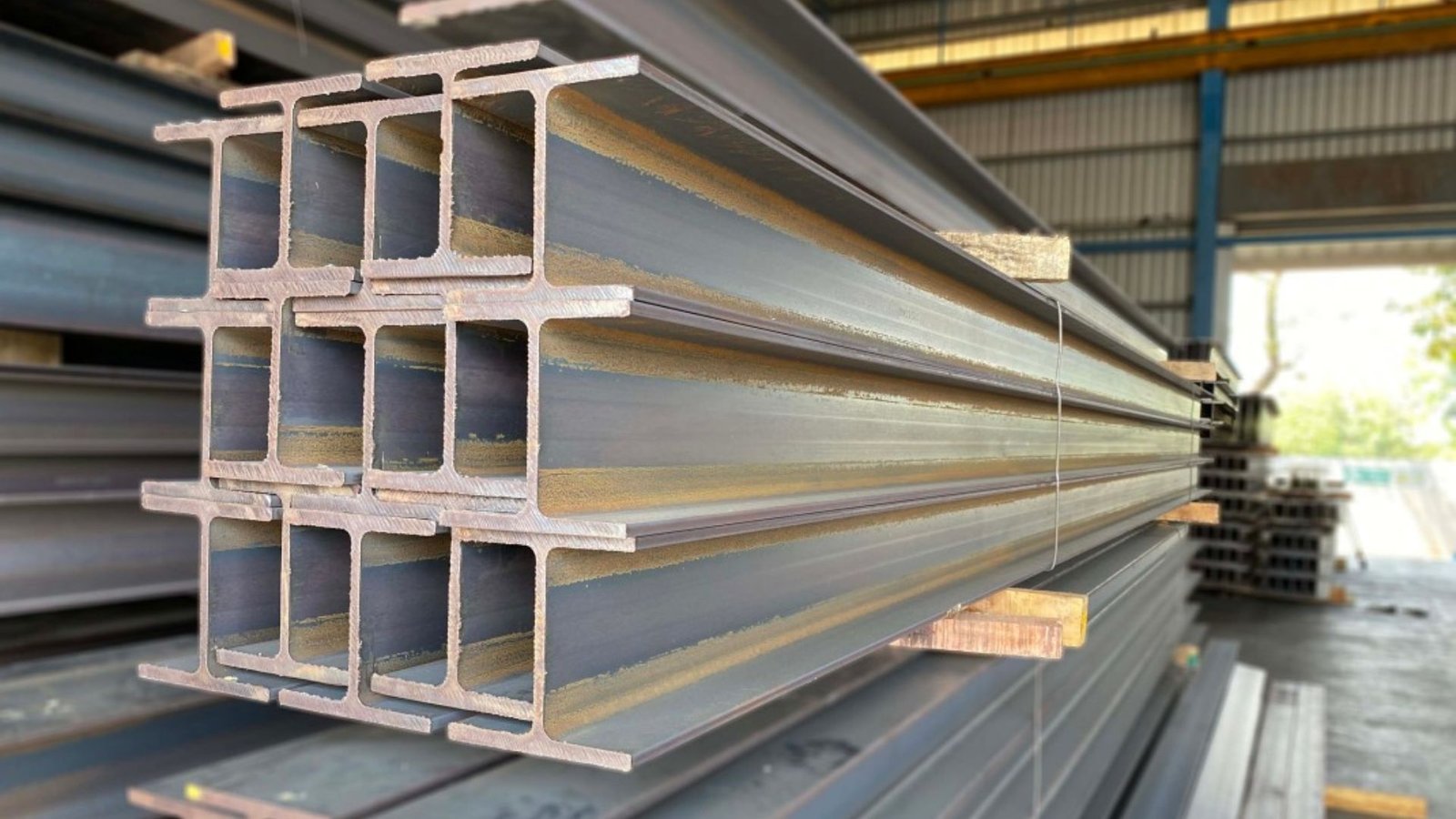Top Sustainable Building Materials
Have you ever wondered what makes a building environmentally friendly? The answer lies in the materials used. Sustainable building materials are crucial for reducing environmental impact and promoting eco-conscious construction practices. Let’s explain some of the top choices that are reshaping the future of building towards sustainability.
Benefits of Sustainable Building Materials
Sustainable building materials offer many advantages. They help protect the environment by conserving resources and reducing waste. These materials also contribute to energy efficiency and can improve indoor air quality. Additionally, they often require less maintenance and can lead to long-term cost savings.

1. Bamboo
Bamboo is a remarkable sustainable building material due to its rapid growth and renewability. It can be used for flooring, furniture, and even as a structural element in buildings. Bamboo has a strong and durable nature similar to hardwoods but with a significantly lower carbon footprint.
Moreover, bamboo’s versatility makes it a popular choice for eco-friendly construction projects.
2. Recycled Steel
Recycled steel plays a crucial role in sustainable construction. By using scrap steel instead of newly mined materials, builders can reduce energy consumption and greenhouse gas emissions. Recycled steel is durable, fire-resistant, and adaptable for various building applications.
Transition: Furthermore, its strength and reliability make it a staple material in green building practices.
3. Straw Bales
Straw bales are another sustainable option for building materials. They provide excellent insulation, helping to regulate temperature and reduce energy needs for heating and cooling. Straw bales are made from agricultural byproducts, utilizing materials that would otherwise go to waste.
Consequently, incorporating straw bales into construction can lead to significant energy savings.
4. Cork
Cork is a natural and renewable material harvested from cork oak trees. It is commonly used for flooring, wall tiles, and insulation in buildings. Cork’s sustainability stems from its ability to regenerate after harvesting without harming the tree.
Due to its excellent acoustic and thermal insulation properties, cork is a preferred choice for eco-conscious architects and builders.
5. Recycled Glass
Recycled glass is gaining popularity as a sustainable building material. It can be used in countertops, tiles, and decorative elements in buildings. By using recycled glass, construction projects can reduce landfill waste and conserve natural resources.
Additionally, the vibrant colours and textures of recycled glass add aesthetic value to sustainable buildings.
6. Rammed Earth
Rammed earth construction involves compacting a mixture of soil, gravel, sand, and a stabilizer such as clay or cement into solid walls. Transition: As a result, rammed earth buildings maintain comfortable indoor temperatures naturally, reducing the need for mechanical heating and cooling.
7. Hempcrete
Hempcrete is a bio-composite material made from hemp hurds, lime, and water. It is lightweight, insulating, and non-toxic, making it suitable for wall construction. Hempcrete sequesters carbon dioxide during its curing process, further contributing to its eco-friendly credentials.
Its ability to regulate humidity and provide thermal insulation makes hempcrete a promising material for sustainable building projects.
Conclusion
In conclusion, sustainable building materials are essential for reducing the environmental impact of construction activities while promoting energy efficiency and indoor comfort. By choosing materials like bamboo, recycled steel, straw bales, cork, recycled glass, rammed earth, and hempcrete, builders can contribute to a greener future. These materials not only conserve natural resources but also enhance the resilience and longevity of buildings. Embracing sustainable building practices is not just a trend but a necessary step towards creating a more sustainable built environment for future generations.



